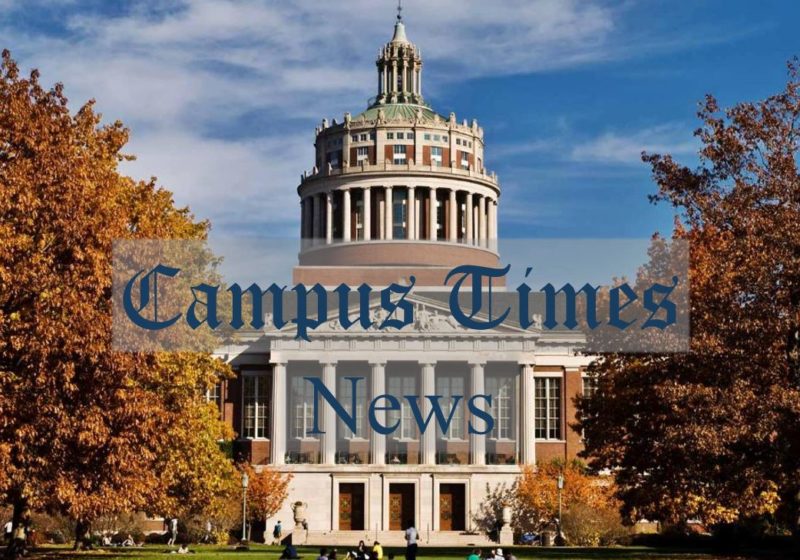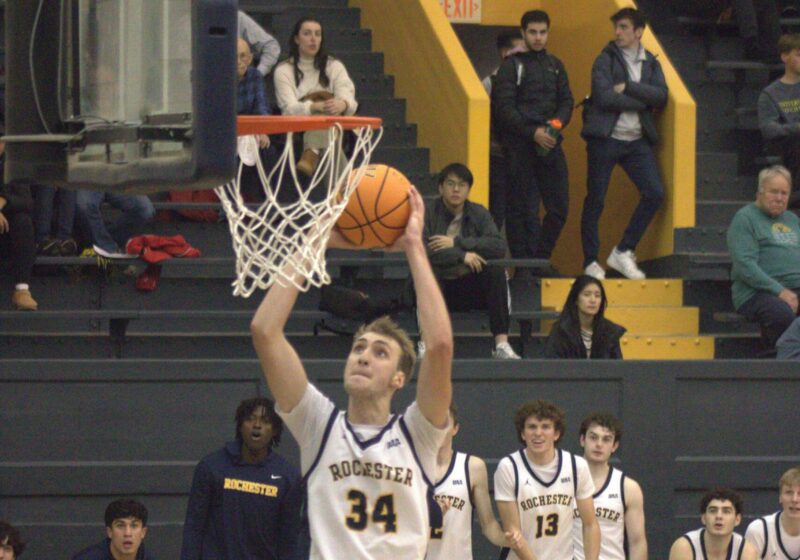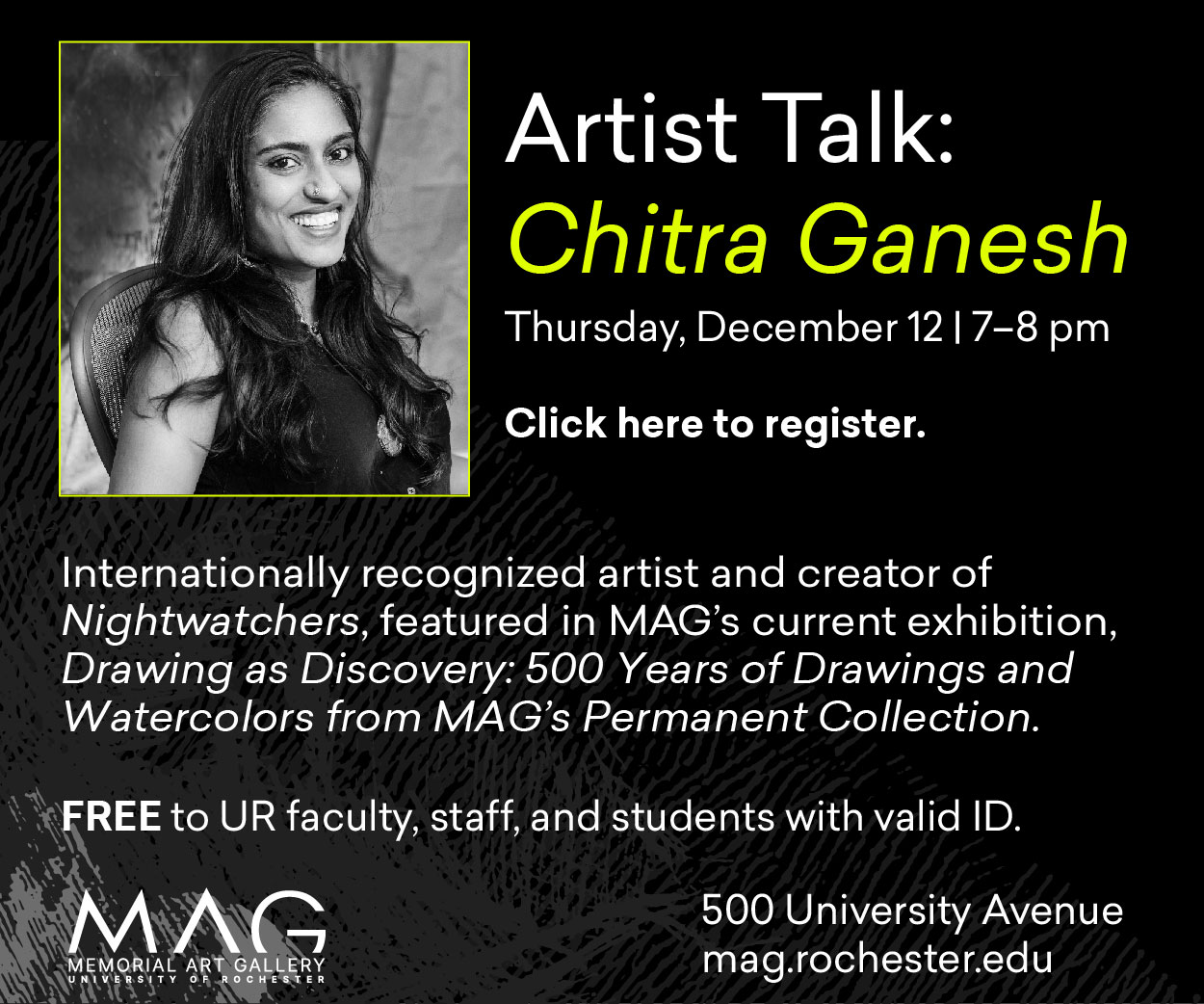By April, UR deans will have answers to a long-standing question: What should be done about the flag lounge?
The committee charged with drafting recommendations regarding the flags in Hirst Lounge (colloquially referred to as the flag lounge) met for the first time on Feb. 18.
UR Deans Matthew Burns and Jeffrey Runner first announced the committee in a school-wide email last semester on Nov. 25, after simmering tensions, partly aggravated by the recategorization of Taiwan and Hong-Kong flags as “sub-national entities,” erupted in a painting showdown in the painted tunnel.
SA President and senior Jamal Holtz, who chairs the committee alongside Vice Provost of Academic Affairs Joan Saab, framed it as the best way to find common ground between clashing ideas of how the flag lounge should represent different nationalities and identities.
“It allows us to understand what is the [student] connection to the flag lounge,” Holtz said.
The 16-person committee comprises student and faculty representatives from almost every UR school — the UR Medical Center, the Warner School of Education, the Simon School of Business and the Arts, Sciences and Engineering college.
“We thought it would be a good idea to have voices from all of the schools,” Holtz said, as “their flags are represented up there, too.”
Several administrators also sit on the committee, as does a member of the Genesee Staff Council — the union which represents all non-medical UR workers. Senior Gerardo Zam represents the Arts, Sciences, and Engineering college on the committee. The Eastman School of Music has no representative on the council due to scheduling difficulties, Holtz said, adding that he and Zam would coordinate outreach to Eastman students.
Holtz said he thought the committee’s composition — which has equal numbers of students, faculty, and administrators — was balanced, but that he recognized the need for more student input.
“There should be more students on the committee,” he said, “which is why SA created its own.”
SA has opened applications for its undergraduate flag subcommittee, which will be entirely comprised of students that will advise Holtz and Zam.
For now, the committee has begun to research other institutions and the history of the flag lounge. They also plan to release a survey and have a town hall to solicit feedback.
Holtz said the committee will handle community engagement differently than last year’s ad hoc Public Safety Proposal Advisory Committee. To that effect, the town hall is intended “to be very open, and to actually be a dialogue” as opposed to last year’s heavily-moderated affair.
Like last year, the committee will be able to draft more than one set of recommendations for President Sarah Mangelsdorf, Provost Robert Clark, and Dean Jeffrey Runner. And, Holtz said, if students don’t want the flags removed, the committee plans to reflect that.
“We’re looking to see, ‘What’s important, what do you feel?’” Holtz said. “‘If the flag lounge is a representation to students, then people should know that.”






